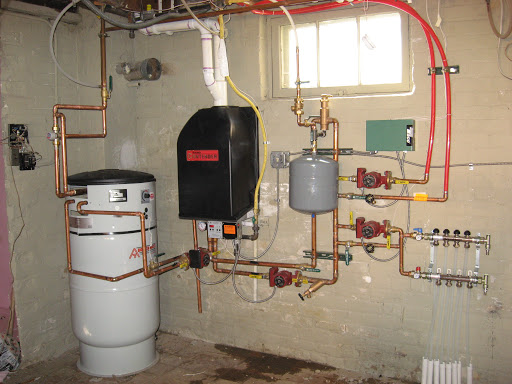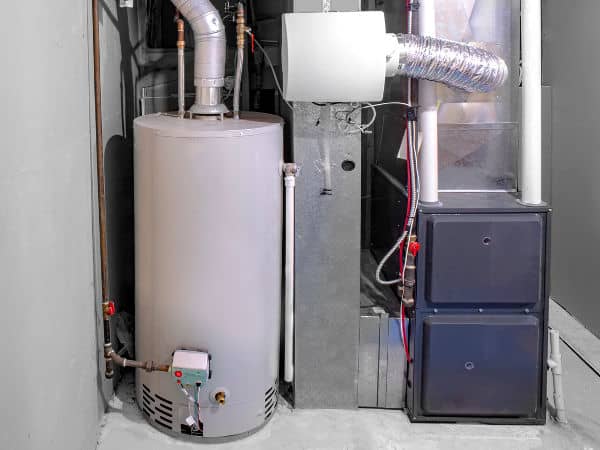What're your insights and beliefs on Tips For Maintaining Your Hot Water Heater?

Hot water is vital for daily comfort, whether it's for a revitalizing shower or washing meals. To guarantee your hot water system runs successfully and lasts longer, routine upkeep is key. This post gives useful ideas and insights on exactly how to keep your home's hot water system to prevent disturbances and expensive repairs.
Introduction
Keeping your home's hot water system could seem overwhelming, but with a couple of simple actions, you can guarantee it operates efficiently for years ahead. This guide covers whatever from understanding your hot water system to do it yourself maintenance ideas and knowing when to contact specialist help.
Value of Maintaining Your Hot Water System
Normal maintenance not only expands the lifespan of your warm water system yet also guarantees it runs efficiently. Ignoring upkeep can lead to reduced performance, higher energy costs, and also premature failure of the system.
Indicators Your Warm Water System Needs Maintenance
Recognizing when your hot water system needs interest can protect against major issues. Keep an eye out for indicators such as irregular water temperature level, strange noises from the heater, or rusty water.
Flushing the Water Heater
Flushing your water heater removes sediment buildup, improving efficiency and prolonging its life.
Checking and Replacing Anode Rods
Anode rods prevent corrosion inside the container. Evaluating and changing them when broken is critical.
Facility Concerns Calling For Expert Assistance
Examples include major leaks, electric troubles, or if your hot water heater is constantly underperforming.
Regular Expert Upkeep Conveniences
Expert maintenance can include comprehensive inspections, tune-ups, and ensuring conformity with security requirements.
Examining and Adjusting Temperature Level Setups
Changing the temperature settings makes certain optimal performance and safety.
Do It Yourself Tips for Upkeep
You can carry out numerous maintenance tasks yourself to maintain your warm water system in top problem.
Checking for Leaks
On a regular basis examine pipelines and connections for leaks, as these can bring about water damage and higher expenses.
Understanding Your Hot Water System
Before diving right into upkeep jobs, it's practical to comprehend the basic components of your warm water system. Typically, this consists of the water heater itself, pipes, anode poles, and temperature controls.
Month-to-month Maintenance Tasks
Regular monthly checks can aid catch minor concerns prior to they intensify.
Testing Stress Relief Valves
Examining the pressure relief valve guarantees it works properly and prevents too much stress buildup.
Shielding Pipelines
Insulating warm water pipes reduces warmth loss and can save power.
When to Call an Expert
While DIY upkeep is helpful, some problems require expert proficiency.
Verdict
Regular maintenance of your home's warm water system is important for effectiveness, long life, and price savings. By following these ideas and knowing when to seek expert aid, you can guarantee a trusted supply of hot water without unforeseen disruptions.
Water Heater Maintenance Tips
Test the TPR Valve
- Shut off the power and the cold-water supply valve.
- Place a bucket under the pipe connected to the temperature-pressure-release (TPR) valve on the top or side of the tank. (This valve opens if the tank pressure gets too high.)
- Lift the valve’s tab to let some water out, then let go. If water keeps flowing, drain the tank partway, unscrew the old valve with a pipe wrench, and install a new one.
Check the Anode Rod
- Put a hose to the tank’s drain cock and let out a few gallons of water.
- Now fit a 1 1/16-inch socket onto the rod’s hex head on top of the heater (or under its top plate) and unscrew the rod. If it’s less than ½ inch thick or coated with calcium, buy a new one, wrap its threads with Teflon tape, put it back in the tank, and tighten securely. Use this segmented rod if headroom above the tank is limited.
Drain the Tank and Wash Out Sediment
- Drain the remaining water in the tank into the bucket, then stir up the sediment on the tank’s bottom by briefly opening the cold-water supply valve. Drain and repeat until clean water comes out of the hose.
- Close the drain cock, refill the tank, and turn its power back on.
Adjust the Temperature
- Find the temperature dial on the side of the tank and unscrew its cover. Adjust the dial to 120 degrees using a flathead screwdriver. For every 10 degrees the temperature is lowered, you can expect to save up to 5 percent in energy costs.
- Turn the water heater off or the thermostat down to its lowest setting if you plan to be away from home for more than three days.
Insulate the Pipes
- Buy some self-sticking 3/8-inch-thick foam pipe insulation that matches the pipes’ diameter.
- Slide the foam over the hot-and cold-water pipes as far as you can reach. Insulating the cold-water pipe prevents condensation in summer.
- Peel the tape and squeeze the insulation closed. If the pipe is 6 inches or less from the flue, cover it with 1-inch-thick unfaced fiberglass pipe wrap.
https://www.thisoldhouse.com/plumbing/21016402/how-to-maintain-a-water-heater

As a devoted reader on How to Maintain Your Water Heater & Prolong its Life, I imagined sharing that piece of content was a good idea. Sharing is nice. Who knows, you could be helping someone out. Thanks a lot for your time. Please check our website back soon.
Call Today
Comments on “Useful Techniques for Maintaining Your Home's Hot Water System”